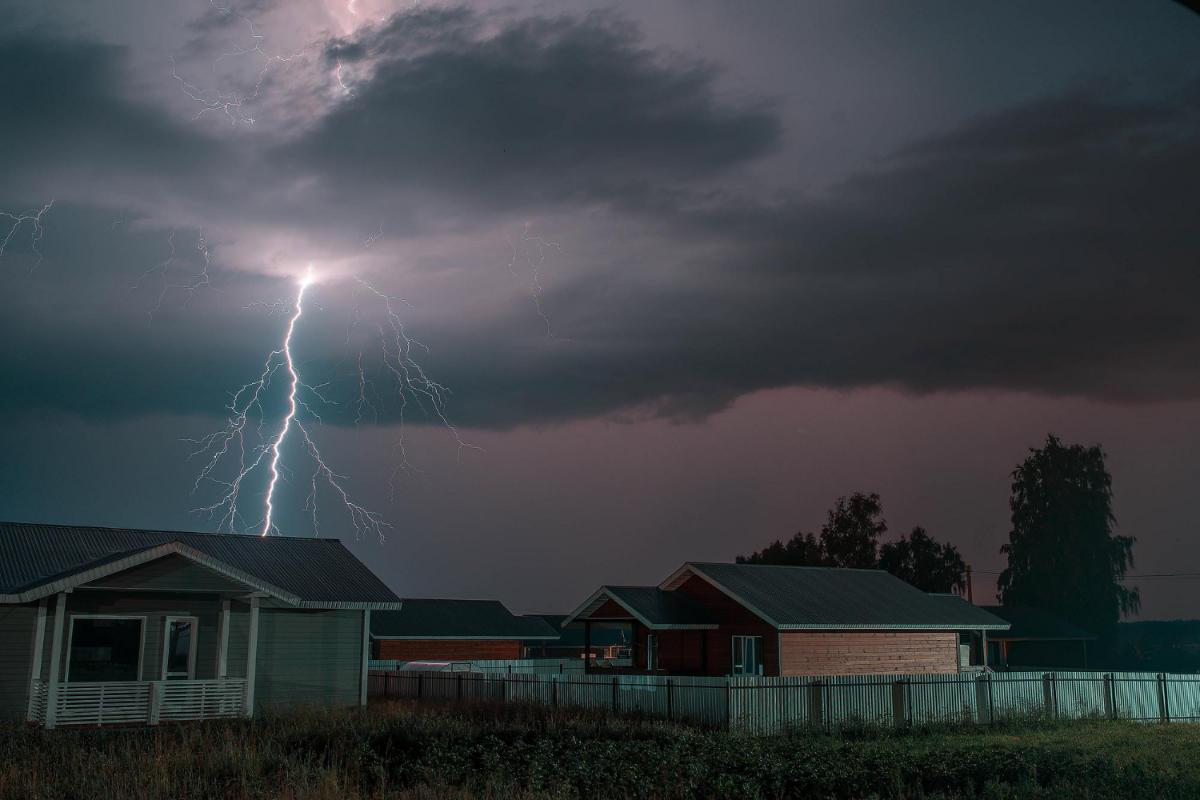Understanding Lightning Damage

Any homeowner never enjoys dealing with lightning damage to their home because lightning damage easily ignites and causes your home to burn, but you may only have harm from the lightning strike. Hopefully, if you experience lightning damage, you have insurance that will reimburse you for restorations or replacements. Contact our public insurance claims adjuster in Polk County if you need assistance with lightning damage.
Where Does Lightning Happen The Most?
Because of the atmospheric pressure and humidity forming the perfect conditions, the Dominican Republic and Venezuela have the most significant quantity of lightning on earth. In 2018, outcomes from studies in the US revealed that Florida held the most negative flashes per square mile, and Texas held the highest flash count. Completing the list of the top five were Oklahoma, Kansas, and Nebraska, in that order.
What Damage Is Induced By Lightning?
There are 300 kilovolts in a lightning bolt that can achieve a temperature of 50,000 degrees. With that quantity of heat and power combined, the lightning damage to a human body or structure can be insurmountable. Five modes that the human body can be impacted or damaged by lightning are:
A Direct Strike: This is the least familiar but doesn't render just lightning damage. It is the most lethal. This occurs when lightning moves through a human body. In a direct strike, the current journeys directly through the body. First, the lightning current moves across your skin, searing it—other sections journey through your cardio and nervous systems, forcing brain and heart impairment.
A Side Flash: This type of lightning strike contacts an entity nearby and leaps over to someone close by. The individual is often seeking refuge in trees or other lofty objects.
A Ground Current: When lightning hits a tree or other entity, and some of the current travels across the earth, striking an individual, it is deemed a ground current. This kind of lightning is connected to most casualties, injuries, and lightning damage. However, you must understand that it can travel through a conductive material such as a garage floor.
A Conduction: A conduction lightning strike is lightning journeying through metal wiring, plumbing, or other conductive entities and hitting a human. Lightning is not drawn to metal but is a conductor and, as such, occurs indoors near doors, windows, and electrical outlets.
The Streamers: These happen when the positive streamers advance up from the ground. The negatively charged ions form a field of electricity across the ground, forming a step leader with lightning strikes. Once this happens, other streamers release. The streamers can come from the ground, trees, or a human.
Structure-wise, lightning damage can come from the following:
Fire: The most significant adverse result of lightning is combustible materials such as timber and other materials that detonate easily with exposure to high heat from lightning. The lightning's current can trek through pipelines and wires, scorching them instantly, resulting in lightning damage to property.
Power surge: If lightning runs through electrical wiring, the surge is volatile and causes lightning damage to any instrument or electrical item plugged in.
Shock wave: Harmful shock waves can occur from lightning strikes. Shock wave lightning damage can crack brick, concrete, and rock chimneys.
